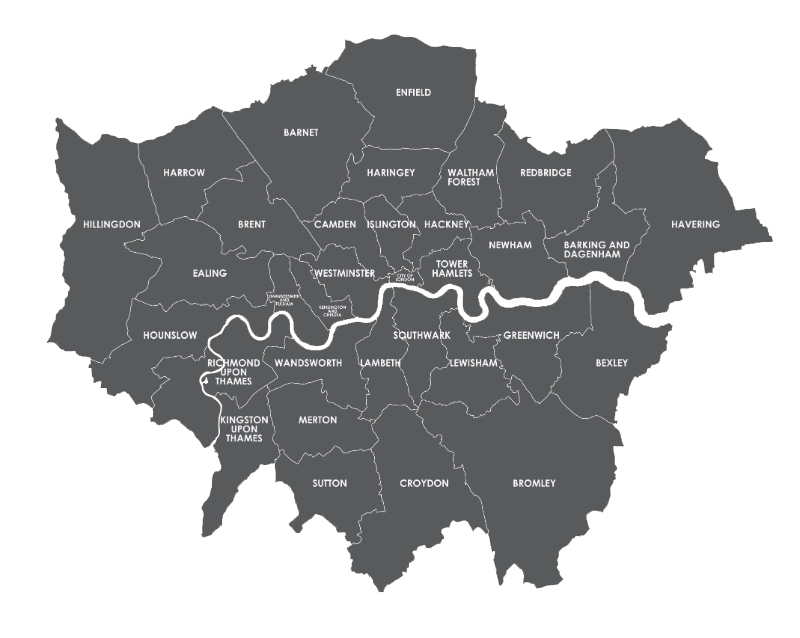Home Physio for Knee Replacement Recovery
recovery
Rapid Recovery After Total Knee Replacement
Knee replacement surgery will almost always restore flexibility in your knee as well as giving you relief from chronic pain. Skilled physiotherapy can make a vital difference: it can dramatically increase the speed of your recovery.
Here’s how
It is vital to increase the strength of the muscles around your knee; our physio programmes will show you how to do this. Your circulation will improve, helping to ventilate your lungs. All of this will help reduce the risk of the complications such as chest or urinary infections that can very occasionally follow surgery. Our physios understand the psychological impact of major surgery: restoring confidence is our aim. We are always available to answer questions by text or phone between visits.
Before the surgery
‘Prehab’ is a key part of a swift post operative recovery. Our physios can advise on a simple exercise programme that will prepare you for the post-op phase, for instance strengthening the muscles around the knee or losing weight.
While you’re in hospital
There’s a lot you can do while you’re still in hospital. With help from staff, use two elbow crutches to walk three hours after the surgery. The inpatient physios will help you to climb a few stairs the same day.
Wear the compression stockings to reduce the risk of a blood clot. Walk around the ward several times each day you are in hospital. Your aim is to have a 90-degree knee bend at the point when you leave the hospital.
SERVICES
Phases of recovery and how physio can help
Every patient is different but here is how a typical recovery programme can look, once you are home: Every patient is different but here is how a typical recovery programme can look, once you are home:
WEEKS 1-2
2-3 physio sessions each week
The surgeon will check your progress after 2 weeks, removing staples if they have been used. Your wound dressing will be changed. You will be given pain relief medication and your physio will liaise with your surgeon. The main problems at this stage are swelling and the stiffness that goes with it. This is where our PhysioLab Home recovery cryotherapy and compression (ice) machine can make a significant difference. We will arrange delivery and the setup, showing you how to use it.
We measure your knee flexion accurately, using the Bodii-flex device.
By this stage you will be walking with one elbow crutch and getting lots of rest, keeping your knee elevated.
When we visit, we will aim to do extensive ‘hands-on’ therapy as well as showing you how to do a range of simple exercises. You should do these every day.
Weeks 2-6
1-2 sessions per week
There will be less pain and stiffness as movement and confidence return. You should continue the cryotherapy, keeping your exercise at modest levels and getting plenty of rest. A static bike can help improve your range of movement. By this stage you will progress to walking without using crutches or a stick. Depending on the nature of your job you may be able to return to work. Resuming driving is also possible at this point. Our aim at this point is to increase your range of knee movement to 110-120 degrees.
Weeks 6-12
1 session every week
At this stage we will be aiming for knee flexion at 120-125 degrees as well as improving your balance. If you play sport, we can design an exercise programme around specific goals, for instance playing golf gently or walking 10,000 steps daily.
12 weeks+
1 session every 2-3 weeks
We will have been assessing your muscle strength throughout the physio programme. At this stage we will be aiming for knee flexion of 130 degrees, making further improvements to your balance and confidence, and building your general fitness.

What questions do people ask Post Op Home Physio?
After a successful surgery people can return to driving as early as 2 weeks. But generally, it is safe at some point between 2-6 weeks depending on whether the car is manual or automatic and which knee has been operated on. At this point, if you can perform an emergency stop, it is safe to return to driving.
*Post Op Home Physio tips*
Drive locally first, this could be in a local car park; practicing using the pedals again and performing an emergency stop. Stock up on supplies before your surgery so it’s not necessary to drive in the early weeks following your operation.
Difficulties can last for up to 6 weeks. Generally, after this period clients report having a full, undisturbed night’s sleep
*Post Op Home Physio tips*
Make sure your bedroom is the correct temperature and use blackout blinds. Don’t complete your final set of physio exercises too late in the day. Sedative medication can be prescribed in the early post operative period, but it is very important not to become dependent on these medications.
To self-fund for a knee replacement it will cost between £15,000 – £19,000. If you are covered by insurance, you would need to speak to your individual insurer to see if they will cover the surgery with the consultant and hospital of your choice.
*Post Op Home Physio tips*
If you are self-funding book with Compare my Care. This will allow you to be booked in faster with preferential access into the clinics of the highest performing surgeons. In the rare event that a revision or repeat surgery is required within 1 year, you will be refunded the full cost of your original surgery.
Your surgeon will likely use staples for the surgical wound. The wound will be covered with a dressing for 2 weeks. You will be provided with spare dressings to place over the top of the original should there be any light bleeding (not replacing the dressing in the first 2 weeks reduces any infection risk).
You should visit your surgeon or GP at 2 weeks to remove the staples. A specialist tool is used to do this to reduce any pain. After this, another dressing will be applied which can be removed after 2-3 days. After this there is no further need to cover the wound.
*Post Op Home Physio tips*
Wound protectors can be purchased so you can shower in the first 2 weeks and avoid the dressing getting wet. To wash the knee after 2 weeks, you can use the shower to run clean water over the wound and then gently pat-dry it with a towel. Avoid getting any soap or oils on the wound for the first six weeks post-op. After 6 weeks you can use bio-oil gently around the wound (Not directly over the wound as the scar at this stage is quite absorbent, as you continue to reduce the risk of any infection.










